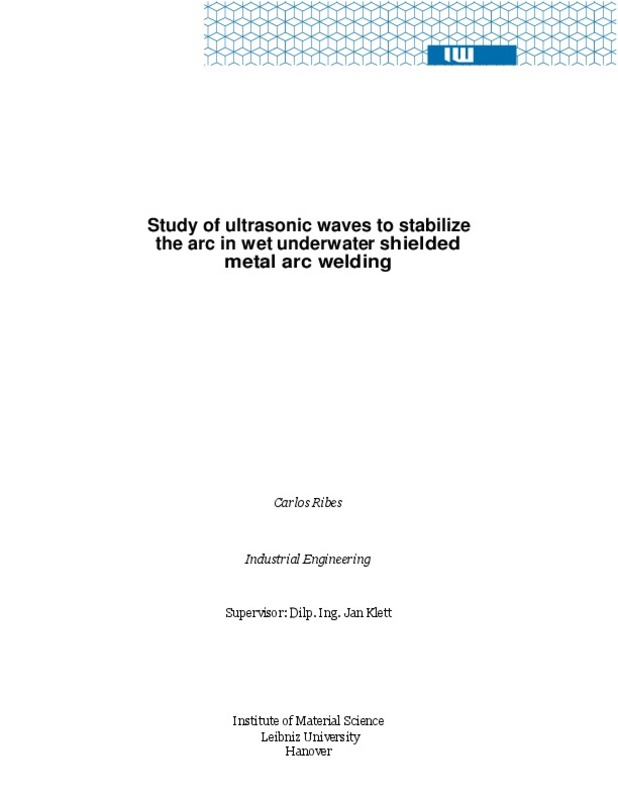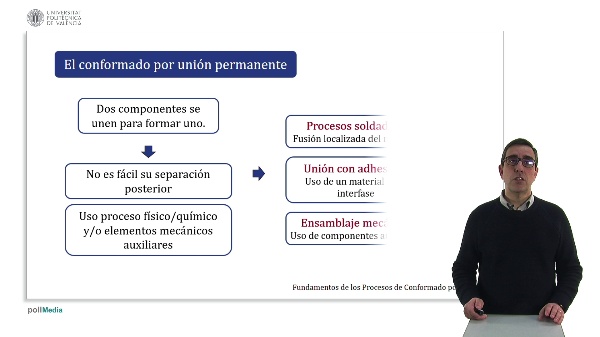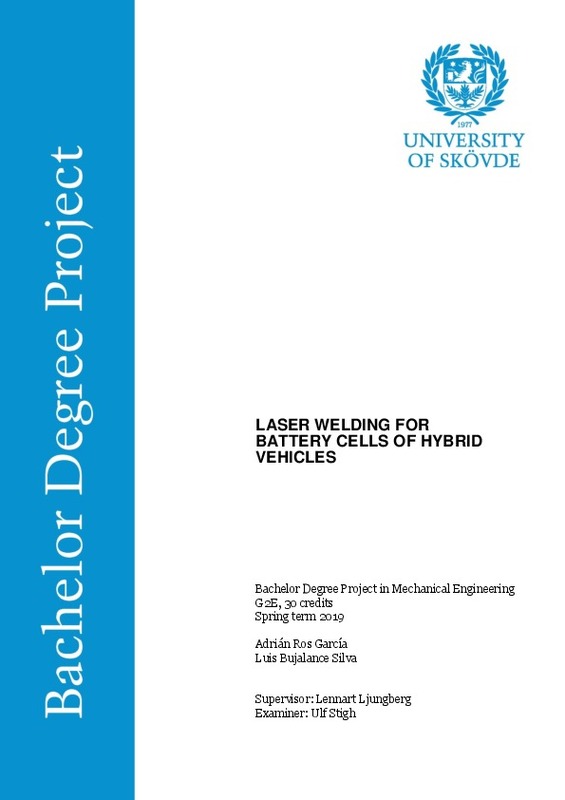JavaScript is disabled for your browser. Some features of this site may not work without it.
Buscar en RiuNet
Listar
Mi cuenta
Estadísticas
Ayuda RiuNet
Admin. UPV
Estudio de ondas ultrasónicas para estabilizar el arco en soldadura con arco metálico sumergido bajo agua
Mostrar el registro completo del ítem
Ribes Vivó, C. (2018). Estudio de ondas ultrasónicas para estabilizar el arco en soldadura con arco metálico sumergido bajo agua. http://hdl.handle.net/10251/140619
Por favor, use este identificador para citar o enlazar este ítem: http://hdl.handle.net/10251/140619
Ficheros en el ítem
Metadatos del ítem
| Título: | Estudio de ondas ultrasónicas para estabilizar el arco en soldadura con arco metálico sumergido bajo agua | |||
| Autor: | Ribes Vivó, Carlos | |||
| Director(es): | ||||
| Entidad UPV: |
|
|||
| Fecha acto/lectura: |
|
|||
| Resumen: |
[EN] Interest in underwater welding has undergone tremendous growth over the years due
to the large range of potential economic and logistical advantage offered by the
technique [Levi, 2017]. The appeal of underwater ...[+]
[ES] El objetivo del proyecto es investigar si las ondas ultrasónicas asistidas mejorarán U-SMAW. Intentaremos incorporar el transductor ultrasónico mientras soldamos para ver si hay mejoras en la soldadura.
Analizaremos ...[+]
|
|||
| Palabras clave: |
|
|||
| Derechos de uso: | Reserva de todos los derechos | |||
| Editorial: |
|
|||
| Titulación: |
|
|||
| Tipo: |
|
recommendations
Este ítem aparece en la(s) siguiente(s) colección(ones)
-
ETSII - Trabajos académicos [10404]
Escuela Técnica Superior de Ingenieros Industriales










